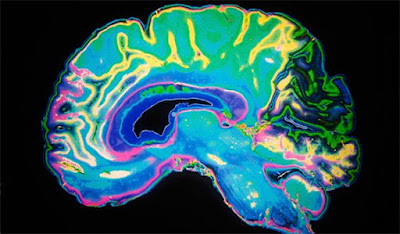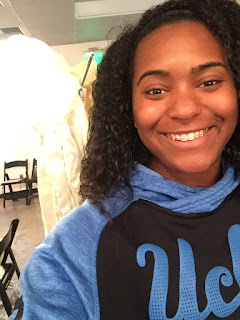Week 8 NanoTech+ Art

When connecting nanotechnology and art, you have to think about the tiny parts of what makes up different structures. Modern technologies of nanotechnology has made it possible for scientists to see what was at one point, invisible. According to Dr. Gimzewski, nanotechnology has helped us to really see the smallest structures of matter and change them. Dr. Gimzewski explained that nanoparticles construct themselves in hierarchies. the blue morpho butterfly was extremely helpful when I was staying to understand it. Gimzewski later states that nanostructures like the butterflies play a big role in he complexity, design and organization of their wings. This is similar to the way nanoparticles self construct in many diff ways. technology today allows us to be control this self- organization and also allows for us to "make more complex functional structure and replicate others" (Gimzewski). Examples are pharmaceuticals. When art comes in, the article on John Curt...




